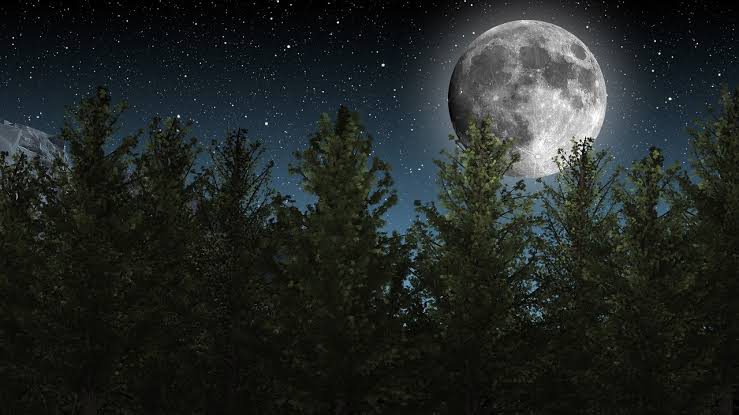Social media

Social media has become an integral part of our lives. It has changed the way we communicate, connect, and consume information. In recent years, social media has evolved from a simple platform for sharing photos and updates to a powerful tool for businesses, politicians, and activists. In this blog, we'll take a closer look at what social media is, its impact on society, and how to use it responsibly. What is Social Media? Social media refers to a range of web-based applications and platforms that enable people to create, share, and exchange information, ideas, and content with each other. Social media can take many different forms, including social networking sites like Facebook and LinkedIn, micro-blogging platforms like Twitter, and visual platforms like Instagram and TikTok. The Impact of Social Media on Society Social media has had a profound impact on society. On one hand, it has made it easier for people to connect with each other, share information, and collaborate on proje...










